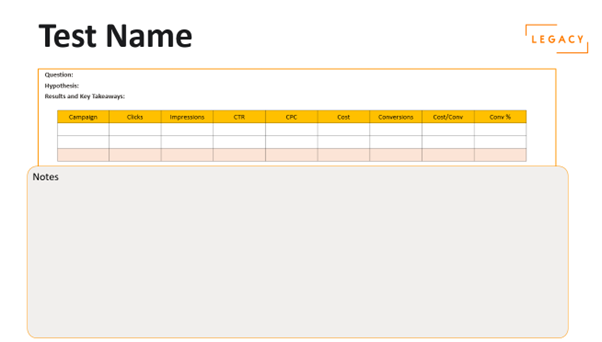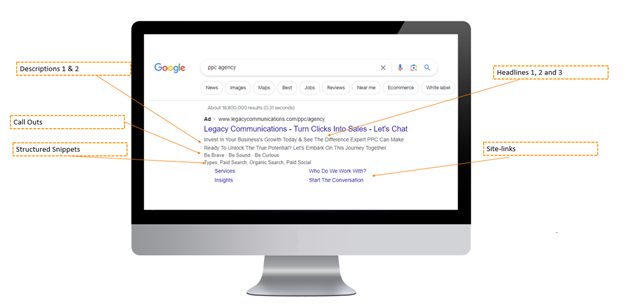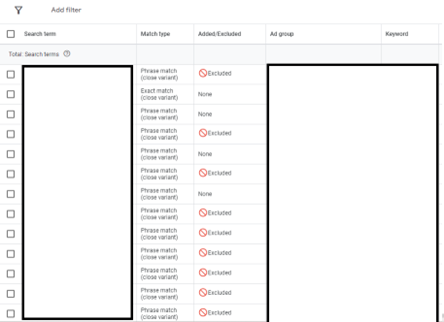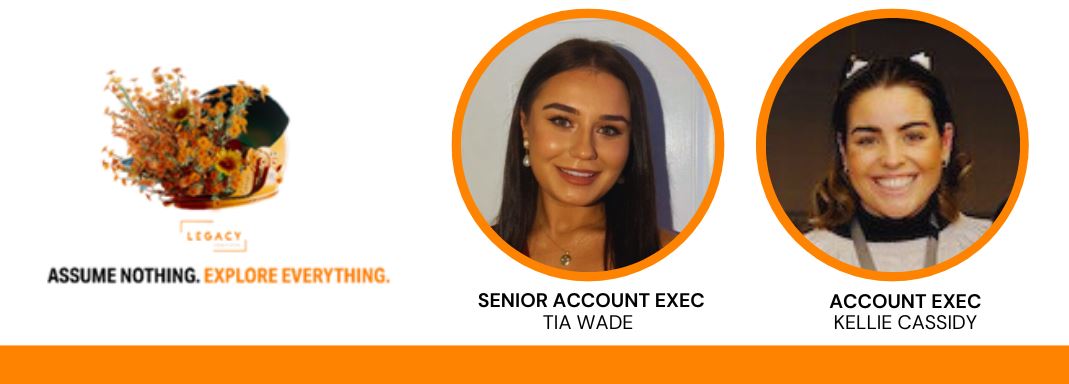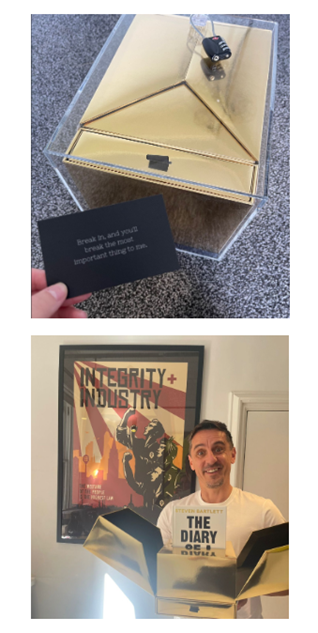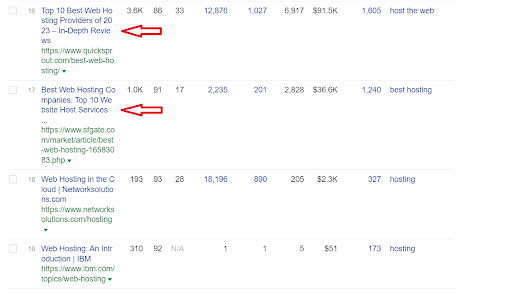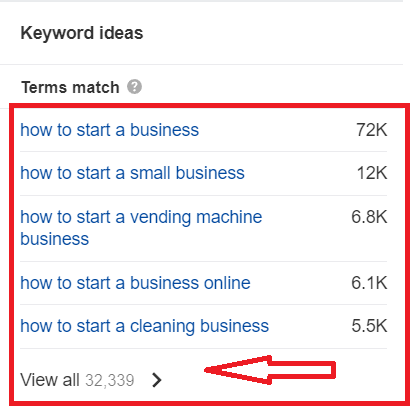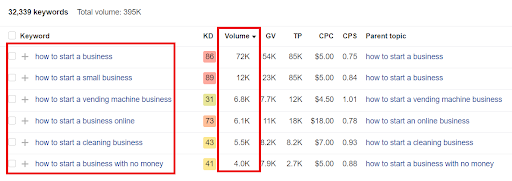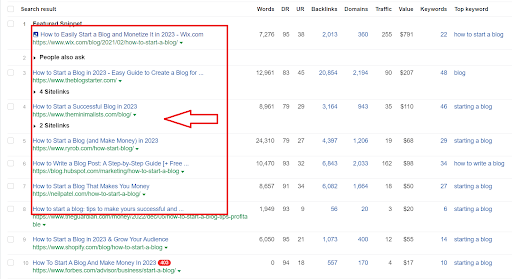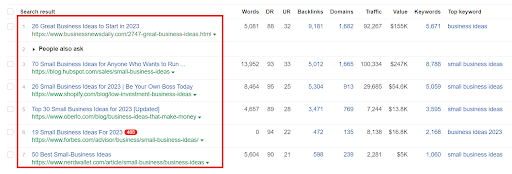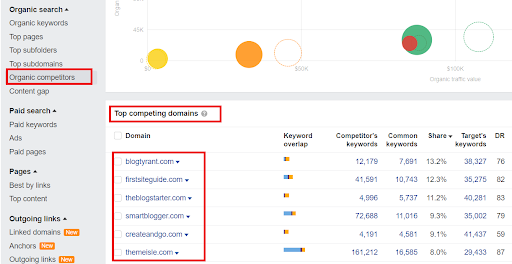As an award-winning Digital PR agency we know that outreach is a vital aspect of acquiring links from other websites. But, you can’t secure high-authority links by sending average emails.
Crafting the perfect pitch email is essential for successful outreach campaigns, both for link-building and Digital PR.
If you expect to acquire links by sending the same generic email to everyone, you’ll quickly become frustrated and likely hit a wall. Every email you send out needs to be personalised.
In this blog post, we’ll break down the process for Digital PR and link building, focusing on various forms and providing tips for writing the perfect email pitch that will land you great branded coverage and juicy links.
Digital PR Campaigns:
If you’re getting into Digital PR, it’s important to know about its different forms. Each campaign needs a different approach when you’re trying to get journalists interested in your story.
Digital PR campaigns include:
- Reactive Digital PR (Newsjacking)
- Expert Commentary
- Survey/Data-based PR
- Dream Job
Reactive Digital PR (Newsjacking):
This involves seizing opportunities presented by existing conversations or breaking news stories relevant to your brand. Crafting a pitch email for reactive PR requires promptness and relevance. Keep an eye on news sites and social media for ideas. For example, TikTok is a good place to find trends. Earlier this year, “Drunk Elephant” skincare was trending on TikTok for the wrong reasons.
Why?
Girls between the ages of 8 and 15 were using products like retinol on their faces without understanding the potential long-term effects.
If you’re a dermatologist, this was the perfect opportunity to react to this trend and point out the potential downsides. Even though it may seem entertaining at first to watch these girls have a 50-step skincare routine at only twelve, what about the negative effects it can lead to down the line in the future?

Crafting the perfect email pitch:
Tailor your email to provide valuable insights that the journalist might not be aware of. This gives you leverage as you’re offering something unique. Make sure your subject line references the “trending topic” you’re responding to for relevance.
Grab their attention with the subject line:
- Innocent Skincare Routine? How Drunk Elephant Is Damaging Young Girls Skin
- Teens Risk Skin Damage with Early Retinol Use According to a Dermatologist
- Expert Reveals: 75% of Premature Retinol Users Face Skin Issues Down the Line with Drunk Elephant Products
Adding numbers to your subject line makes the story stronger and more meaningful.
When searching for journalists to send your story to, it’s important to do your research. You don’t want to send your story to a journalist who covers sports when your story is about skincare.
How to find the right journalist?
- Go to Google
- Type in the trending topic – for example, “Drunk Elephant Skincare TikTok”
- Go to the News section
- Compile your list of journalists
If some news publications don’t have the journalist’s email address when you click on the article.
Try this:
- Go to Hunter.io
- Create a FREE account
- Go to Finder
- Type in the journalist’s name and copy the news publication URL
- Voila their email should appear
Expert Commentary:
Establishing yourself as a thought leader in your industry involves providing valuable insights on trending topics or issues. Reactive and Expert Commentary have a similar approach with only a few tweaks when it comes to crafting the perfect email pitch.
Crafting the perfect email pitch:
When crafting a pitch email for Expert Commentary, make sure to mention the word “Expert” in your subject line to add weight to the story.
For example, if you’re a dermatologist or a skincare aesthetician, be sure to mention that in the subject line.
For example:
- Teens Risk Skin Damage with Early Retinol Use According to a Dermatologist
- Drunk Elephant’s Dilemma: Expert Warns Early Retinol Use Puts Teens’ Skin at Risk
In your email, if you want, you can even provide a snippet of a quote from the expert to grab the journalist’s attention. If you’re providing a quote, make sure you state the person’s name, position, and put what they said in quotation marks so it’s clear to the journalist that it’s a quote from the expert.
For example:
Ann Doe, Dermatologist at XYZ Clinic said “…..”
Survey/Data-based PR:
Leveraging internal data or conducting surveys can generate newsworthy insights. When pitching data-driven stories, focus on key findings and their implications. Provide journalists with access to your data or offer to provide additional insights or analysis if needed.
When creating your email pitch, it’s important to lead with the results.
For example,
One of our clients, had a data-led Digital PR release about the “Best counties to start a business in Ireland” which led to over twenty links on high-authority publications.
This was our email pitch:

Why it worked?
- We discussed the metrics we analysed that led to our results.
- We explained how our data is set up, making it easy for the journalist to understand. In this instance, 1 being the best and 0 the worst.
- We quickly outlined our results by listing out the counties that made the top 5.
- We provided a link to our raw data set for the journalist to review and extract anything extra they might need.
Samples of our coverage:

Make it as easy as possible for the journalist to find everything they need in your email pitch. If you have any images or infographics, ensure you use a Dropbox link instead of attaching them as files, as it makes the email look messy and overwhelming. Be sure to state in your email pitch what the Dropbox link includes.
Dream Job Stunt:
This is another form of a Digital PR campaign where you outline a dream job that is exciting and shareable. You’ve probably seen them before, but if you haven’t, here are some examples:
- Dream Job: Get hired as a professional cheese taster
- Get paid $2,500 to watch Christmas Movies? Your dream job is here
- Get paid $2000 to become a “Siminfluencer”
We did a dream job for one of our client’s who works in the influencer marketing space
The dream job was called “Calling all TikTok addicts – this company will pay you $50 an hour to watch TikTok!”.
Our subject line:

This Digital PR campaign led to amazing results of 136 links and 199 pieces of coverage. We also increased the client’s referral traffic by over 2000%.
This was our email pitch:
 Why it worked?
Why it worked?
- Our subject line, as outlined above, grabbed the journalist’s attention. After all, who doesn’t want to get paid for watching TikToks?
- We quickly outlined the job and its compensation.
- We included a link to the application page, ensuring easy access for them to swiftly locate all necessary information.
Quick tip: if you’re pitching your dream job to other countries, make sure you change the currency to reflect that country. For instance, when we sent our dream job campaign to journalists in Ireland, the UK, and the US, we had to ensure we changed the currency for each country to make the story relevant to them. If you want to learn more about this campaign, you can read the full case study here.
Samples of our coverage:

When you’re doing link-building, it’s important to personalise your email depending on what strategy you’re using. When you write your email, think about what the other person gets out of it. If you only talk about what YOU want, they might ignore you. Consider how your request benefits them.
Link-Building Strategies:
There is a variety of link-building strategies out there. Before you choose one, consider your brand and the industry you’re in. Some strategies might not work as easily as others.
Link-Building Strategies include:
- Guest Posts
- Resource Link Building
- Broken Link Building
- Unlinked Brand Mentions
Guest Posts:
Guest posting is a link-building strategy in which you write and publish articles or blog posts on other websites within your industry or niche. These posts typically include a link back to your website, aiming to improve search engine rankings and drive referral traffic. While guest posting offers benefits such as building backlinks, expanding audience reach, and establishing authority, it’s crucial to create high-quality, relevant content that aligns with the site’s audience and their guidelines.
Crafting the perfect email pitch:
Explain how your guest post would help their audience, showing your expertise and unique view. Share examples of your past work to prove your writing skills. Make sure the links you provide are to guest posts you’ve done before, not just blog posts from your website. Also, talk about how your post fits their website and what their audience likes.
For example, we once worked with a health supplement company and we reached out to pharmacies that stocked their products.
We highlighted the rationale behind our desire to contribute a guest post on their website.
- We analysed their blog posts and selected the ones that could be interlinked with our content.
- We informed them that it would be a collaborative process:
- We would suggest topics,
- They would choose the ones they wanted us to write about.
- It was FREE!
- It would be a blog post written by our experts.
Make sure your email is clear, short, and professional to improve the chances of getting a positive response.
Resource Link-Building:
Is a link building strategy used in to acquire backlinks from a website that creates valuable industry resources. It requires research as you need to find sites that are relevant.
Example of a resource page can be seen below:

If your brand is free or offers a free feature related to web design, you can reach out to the author of that page and suggest its inclusion.
How to find these websites?
The easiest way to find relevant websites it to use search operators such as:
- web design intitle:resources inurl:links.html
- web design intitle:links inurl: resources.html
- web design inurl:.com/resources
- web design inurl:resources intitle:resources
Crafting the perfect email pitch:
Explain why your product would be the right fit for that specific page. For example, if your web design product is not free or doesn’t offer a free feature, you should not be pitching it to this website. If it’s the right fit, highlight its benefits and try to use stats/figures to show how many people use your product on a regular basis and how they find it useful. Try to link to some testimonials if you can to add that bit of credibility.
Broken Link-Building:
Broken link-building is a strategy used to get links to your website by finding broken or dead links on other websites and suggesting replacements with links to your target page. It involves identifying relevant websites in a particular niche or industry, then searching for broken links within their content. Once broken links are found, the blog post author is contacted, and they are informed about the broken link.
Crafting the perfect email pitch:
Address the broken link in your email and make sure to include a link to the specific blog post where the broken link is located. Also, mention the anchor text associated with the broken link so it’s easy for the recipient to locate. You don’t want them to go on a treasure hunt trying to find it. When offering a replacement link to your content, be specific about where the link would lead. Ensure that the link directs to your blog page rather than your product or home page. Finally, end your email by offering something in return.
For example:
- If you’re writing a new blog post, express your interest in featuring their product or service within it.
- If you have a newsletter, mention that you’d like to include them in it, providing details such as the number of subscribers, open rates, engagement etc.
- Offer them the opportunity to choose a link placement within your blog post in return.
Reciprocity goes a long way.
Unlinked Brand Mentions:
Unlinked brand mentions occur when online content references a brand but lacks a hyperlink to the brand’s website. In the realm of link building, identifying and pursuing these unlinked brand mentions represents a valuable strategy for acquiring additional backlinks.
Crafting the perfect email pitch:
Begin by expressing gratitude for the mention of your product or service. Then, provide the person with a direct link to the specific blog post or article where the mention occurred. Clearly indicate where you would prefer the link to be directed to on your website. This proactive approach helps streamline communication and eliminates unnecessary back-and-forth in email exchanges.
Sometimes this might happen when you’re doing Digital PR where you send out your release and the journalist forgets to include a link.
This is how you can approach it:

While this approach doesn’t guarantee that you’ll receive the link, it does increase your chances. Remember, if you don’t ask, you don’t get. However, if the journalist or website owner doesn’t respond to your initial email, refrain from sending follow-up messages. Journalists are busy individuals receiving thousands of emails daily, so bombarding them with follow-ups risks straining your relationship with them.
Perfecting your email pitch takes practice. It’s about trying different things and learning what works best. What works for one person might not work for someone else. There’s no one-size-fits-all approach to writing emails. That’s why it’s important to try out different strategies and see what works best.
Go get them links!
Check out our guide if you’re interested in learning more about the link prospecting process, but if you want to take your Digital PR and Link-Building to the next level in 2024, get in touch with our amazing SEO team who will work with you to move your business up the rankings and help you build a ton of high-authority links.






 Why it worked?
Why it worked?












